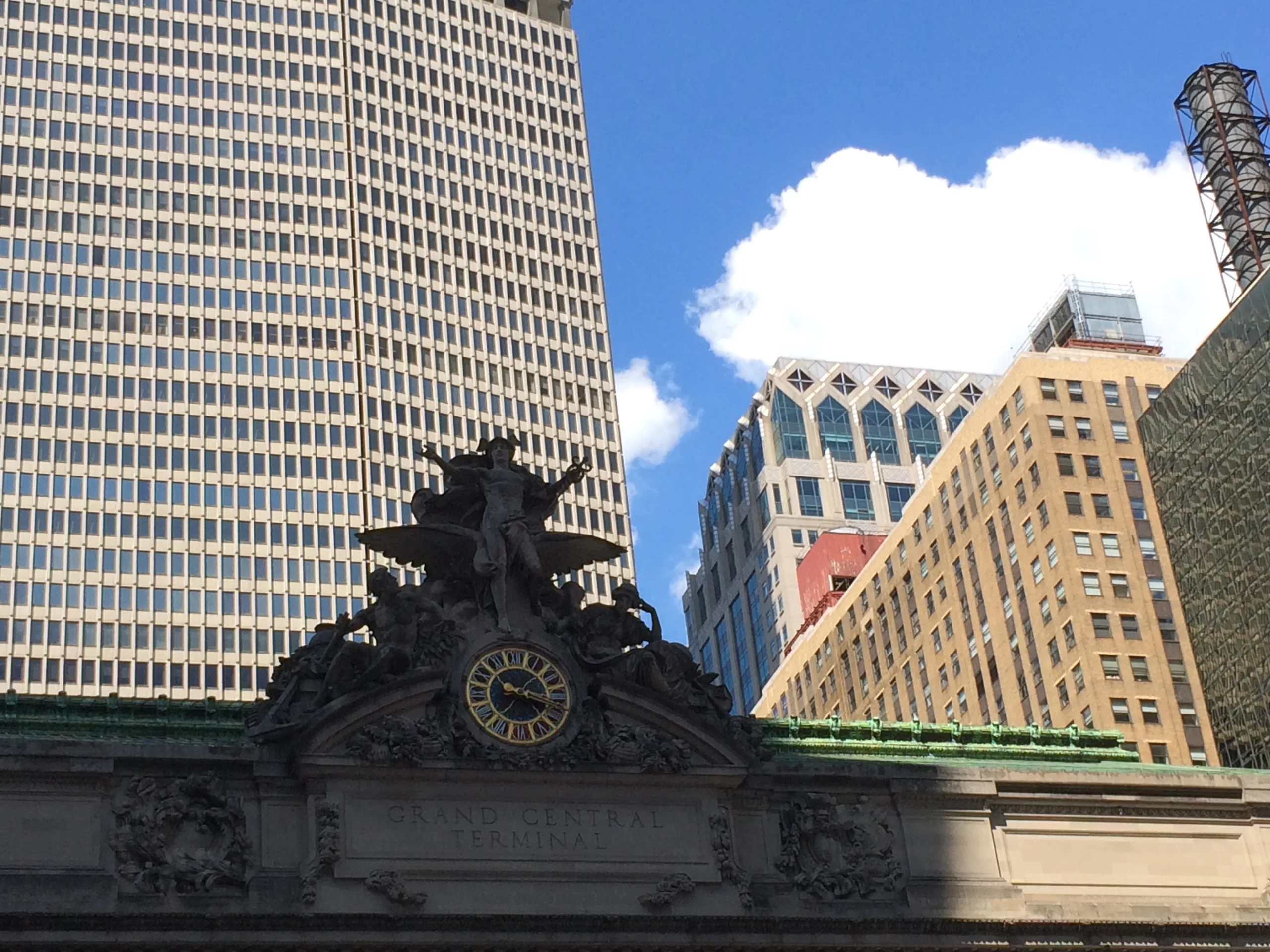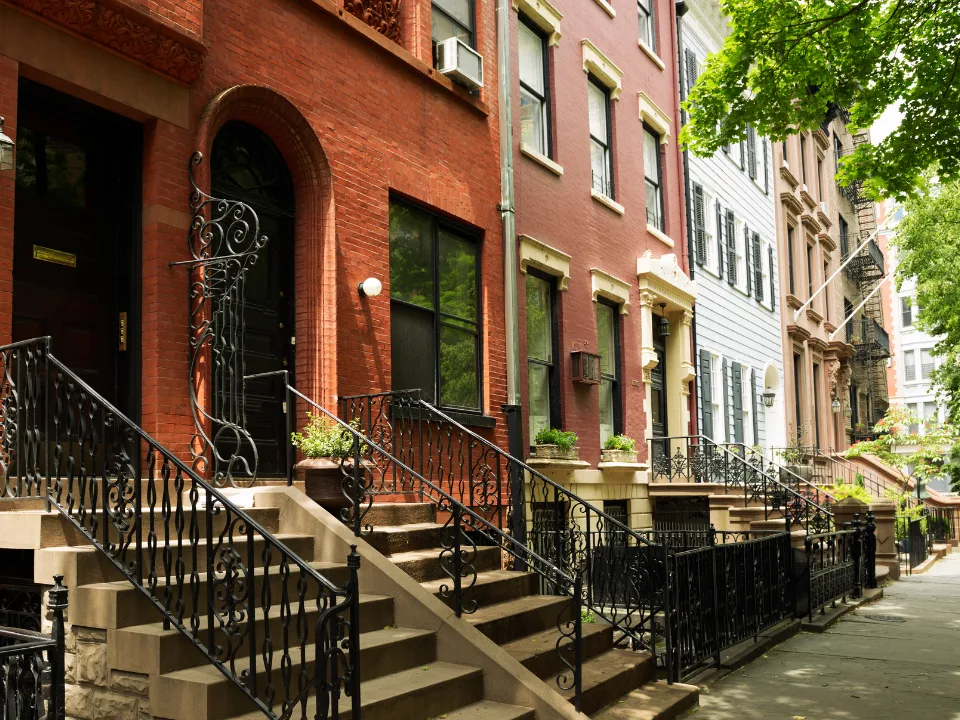In the first episode of CRE’s new podcast “No Cap,” Jack Stone, a CRE broker at Greysteel, and Alex Gornik, investment director at SHVO, sit down to discuss the latest CRE trends. But first, they clarify the podcast name’s origin:
“When I first heard the name, I thought cap rate, capital stack, capital expenditures …” Stone said. “But then I found out that the kids use that saying in another way,” which is “unfiltered truth” or “real talk.”
KKR Bets Big on Apartments
With that in mind, the two dive into recent CRE headlines, starting with KKR’s recent $2.1B investment in 5.2K apartments sold by Quarterra, Lennar’s multifamily development arm.
“I think it shows signs that maybe we’ve hit bottom and it’s all up from here,” Stone said, citing the recent down period for multifamily transactions. “What tends to happen is you see more private capital follow institutional capital.”
The acquisition translates to roughly $400K per unit, Gornik pointed out. Not bad considering the median U.S. home price is $413K and the cost of owning a home is 37% higher than renting, according to Bankrate.
Furthermore, home prices are even higher in many markets where KKR invested: Washington, New Jersey, Texas, Colorado, and California (among others).
“There’s always this cross-section of ‘Is it cheaper to own or is it cheaper to rent?,’ Gornik said. “This is how the investors are thinking, and this is part of what triangulates their price.”
Big Banks Unload Underperforming CRE Loans
Another headline from the NYT announced that big banks are quietly dumping distressed CRE loans, hoping to cut their losses.
“This is a trend we’ve been hearing about for a long time,” Gornik said. After all, high interest rates and low office occupancy rates have been hurting CRE landlords since the pandemic.
However, “You really have to look at the makeup of what’s being sold,” Gornik said. “It’s really easy to get caught up in all the fearmongering.”
According to Gornik, just under 50% of the recently offloaded CRE debt was collateralized loan obligations (CLOs), a less secure form of debt akin to collateralized debt obligations (CDOs), which helped cause the Great Financial Crisis (GFC) in 2008.
That’s not to say there isn’t cause for concern—especially with the spread of terms like “survive to ‘25” and “pretend and extend” within the banking industry to justify loan modifications and defaults. “That’s a terrifying thing,” Gornik said.
San Francisco Office Vacancy Rate Hits 37%
Speaking of the distressed CRE market, San Francisco office vacancy rates hit a record 37% in Q2 2024, per data from CBRE. However, it’s important to remember that SF isn’t representative of all U.S. office space.
“Every market and submarket is different,” Gornik said. “Take New York, for example. You can’t compare office in the financial district with office on 57th and 5th.” Plus, 60% of office vacancies are concentrated in 10% of buildings.
While the office situation in SF certainly looks bleak, it’s not all bad. For example, the AI boom could help rightsize the market. Furthermore, though remote work lowered office demand, it didn’t incite a worker exodus, leaving plenty of demand for dining and retail.
Goldman Sachs Announces $3.4B Real Estate Fund
In June, Goldman Sachs finished raising $3.4B to buy down secondary stakes in private real estate funds. This comes six months after private equity firms Blackstone and Ares also raised funds for secondaries ($2.6B and $3.3B respectively).
“Some of these funds are on year 5 of 7 or 6 of 7,” Gornik said. Therefore, “Goldman’s looking to capitalize on a situation where people are feeling the time pressure and money has to get returned to investors.”
Meanwhile, Goldman also just raised $7B for real estate credit, begging the question: With everyone raising money for secondaries and credit, who are the successful GPs? “Common equity is a tough place to be right now,” Gornik said.
“You see all these positions where common equity is getting wiped out,” Stone added.
Both agreed that it is (and will be) interesting to see who the successful sponsors will be with whom these large investment banks will partner.
Thriving Offices Attracting Tenants With Premium Amenities
Despite the broader office crisis, 8% of U.S. office buildings have high occupancy rates, largely due to their premium locations and amenities.
For instance, the Knox Street development in Dallas ranks twelfth among the most expensive streets to rent an office in the U.S., bringing in up to $108 per square foot, according to JLL.
“This is pretty astounding,” Stone said, considering office rent per square foot in the triple digits are typically only seen in markets like NYC.
What’s driving the demand? High-quality amenities. In the age of remote work, employers can either mandate a return to work or entice workers to come back with things like high-quality gyms and dining.
“That’s really what’s setting the winners apart right now,” Gornik said.
Fed’s Annual Bank Stress Test Results
In June, the Federal Reserve announced the results of its annual bank stress test. Of the 31 major U.S. banks tested, all passed.
However, under the assumed 10% unemployment rate, 40% drop in cre values, and 36% drop in housing prices, the banks would collectively lose $685B, an increase of $144B compared to last year’s results.
“That’s a crazy number,” Gornik said. “This is the stuff that really starts to scare me.”
Furthermore, after the stress test results were released, JPMorgan Chase said its estimated losses should actually be higher. “It’s kind of like a flex now,” Stone quipped.
Hopefully, U.S. banks grow more resilient by continuing to deleverage their positions.
Tune in weekly for new podcast episodes of No Cap by CRE Daily!
Want to be a guest on No Cap? Apply here.
















